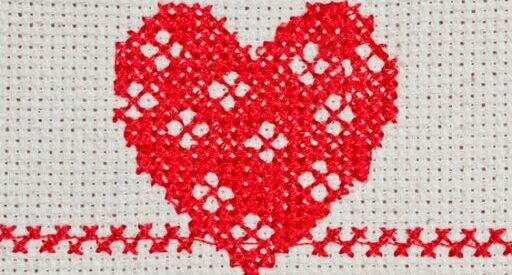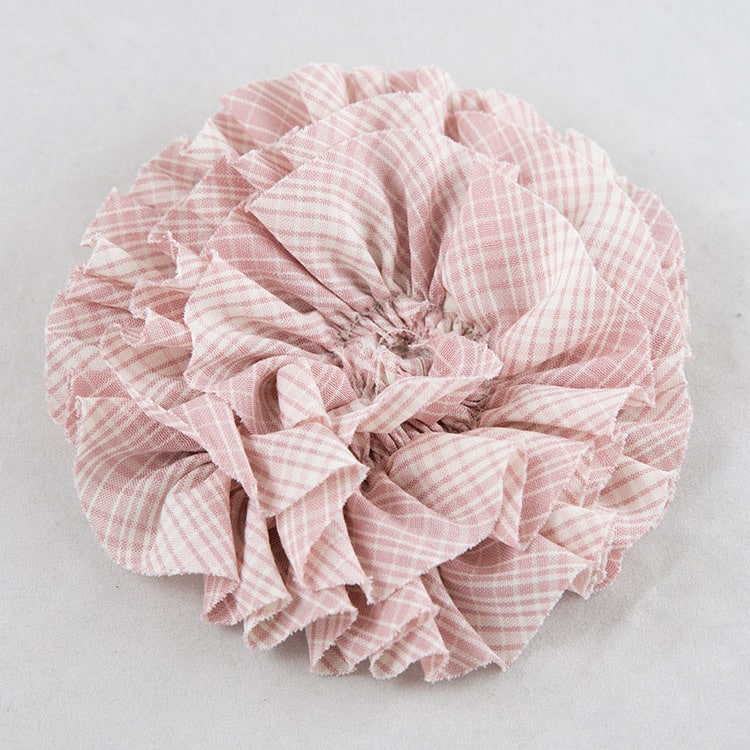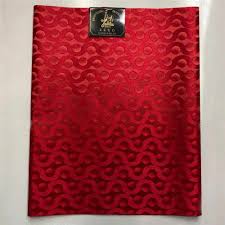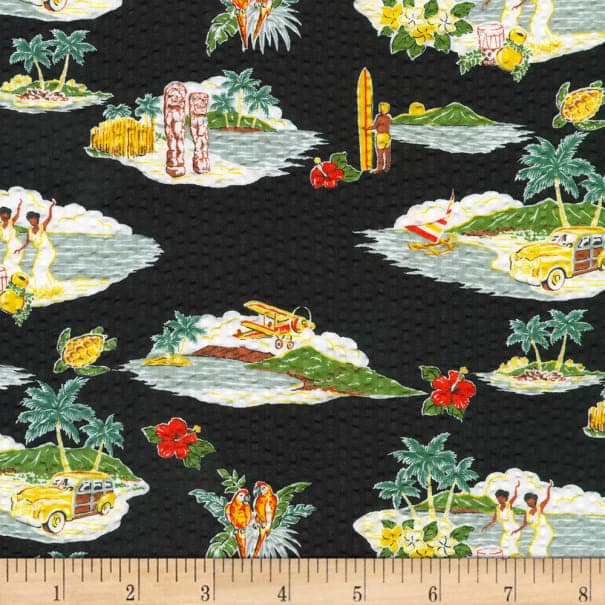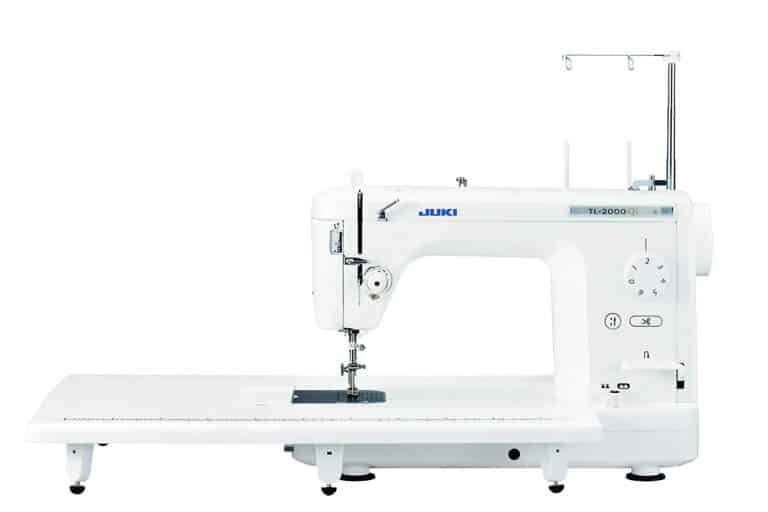Satin Fabric: History, Properties, Uses, Care, Where to Buy
Table of Contents
Introduction to Satin Fabric
In the world of textiles, satin fabric is a material that is made using one of the three primary weaves, along with plain weave and twill. The satin weave produces a textile that is smooth, lustrous, and stretchy, and it has a lovely drape.
Satin is a textile that has one side that is characterized by a smooth and shiny surface, while the other side has a surface that is more matte. The weaving process is responsible for the appearance of the fabric.
What is the History of Satin Fabric?
The usage of silk in satin manufacturing can be traced back to early China, where the fabric was initially developed.
The town of Quanzhou in China, which was referred to as Zaitun in old Arabic, was the inspiration for the word “Satin” in contemporary times. The title “Satin” was given to the weave, and the city served as the phrase’s source.
Through the trade routes, both the material and the weaving methods were transmitted, leading to widespread production of the cloth in Middle Eastern countries.
Satin was originally produced in the Western world in Italy, and by the fourteenth century, it had gained wide acceptance throughout Europe. The majority of the upholstered pieces in the Versailles Palace are still made of Satin.
Properties of Satin Fabric
- It is a highly durable fabric.
- It is fine and smooth in texture
- It is a lightweight but strong fabric.
- It is comfortable to wear.
- It is easy to drape.
How is Satin Fabric Made?
Satin fabric is made using the satin weaving technique. A satin weave can be described as having either four or much more weft threads over one warp thread, or four more warp yarns over one weft yarn.
The finished product is created by keeping the warp threads or fibers in their initial location on the loom while weaving the weft threads above and below the warps to make the fabric.
Where is Satin Fabric Made?
The United States of America and several Asian countries, including India, Pakistan, and China, are the primary producers of satin fabric. It is because China dominates the global textile market.
The vast majority of the fabric is manufactured close to the locations where end-users and garment manufacturers can purchase it.
Common uses of Satin Fabric
Satin is a fabric utilized in the production of a variety of garments and other things. Because there are so many different ways to weave satin, it may be utilized for a wide range of applications, from fashion to adorning interiors.
Daily wear
Putting on your new skirts, evening gowns, and dresses made from this fabric will give you a modern and up-to-date appearance in the fashion world.
Home décor
In Europe, one of the earliest applications of satin was for beautiful furniture in the Palace of Versailles. Satin is still used for covering pillows, chairs, and other types of cushioned equipment today.
Footwear
Satin is a popular fabric choice for shoe designers and can be seen in everything from ballet shoes to high heels.
Other Accessories
The fabric is also used to make purses, evening bags, and clutches.
Sewing with Satin fabric
Satin is a lightweight fabric that is difficult to sew due to its slippery nature. However, Sewing patterns and designs on the fabric can be done without a hindrance if one ensures using the correct sewing essentials and sewing notions and supplies.
It would help if you used a universal sewing needle for your satin textiles. Also, because of the slippery nature of the fabric, you should use a roller presser foot to prevent your cloth from becoming entangled within the machine.
Since the fabric snags easily, you should constantly switch needles to avoid damaging it.
The sewing thread should match the material you’re dealing with, making the fabric last longer. It would help if you also used a wide seam allowance when sewing the fabric.
To obtain a better-sewed fabric, you can use the best sewing machines like the Brother SE600 for better results. Keeping in mind these tips and tricks, you can easily sew the fabric to make clothes and garments of your choice.
Dyeing with Satin fabric
Those familiar with the material may be surprised to learn that satin fabric may have different colors dyed onto it. This method is useful for fashion designers and customers who have their own personal preferences in terms of design.
Depending on the fibers that make up the fabric, it might be possible to color it. It is possible to use Rit All-Purpose Liquid Dye, the best fabric dye available, on items that have been manufactured using silk, polyester, and other types of synthetic threads.
How to care for Satin Fabric?
Satin fabrics aren’t so hard to care for and can easily be washed and ironed.
Washing and drying
- Use cold water to wash the fabric
- Handwashing is always the safest and most effective cleaning
- When machine washing the fabric, you should use a gentle laundry detergent.
- You can also use fabric softeners.
- The machine setting should be set to a gentle cycle
- When drying satin, don’t hang it up, as this might cause it to lose its form.
- The fabric can be dried by air-drying it on a flat exterior.
Ironing
- Using a shark steam iron, press the fabric on the wrong side
- Use a low heat setting and a press cloth.
Where to buy Satin Fabric?
Fabric stores and garment shops both stock satin, so you should be able to find it there. Clients can also purchase satin fabric from online retailers and websites such as Fabric.com and Amazon, both of which have the best satin fabric currently on the market.
It can be sold in several ways depending on the seller;
- By yard
- By Inches
- Can be cut to order
Conclusion
Satin is a fabric that is extremely durable and lightweight, and it has a wide variety of uses and sewing applications for both fashion designers and their clients.
Sources
